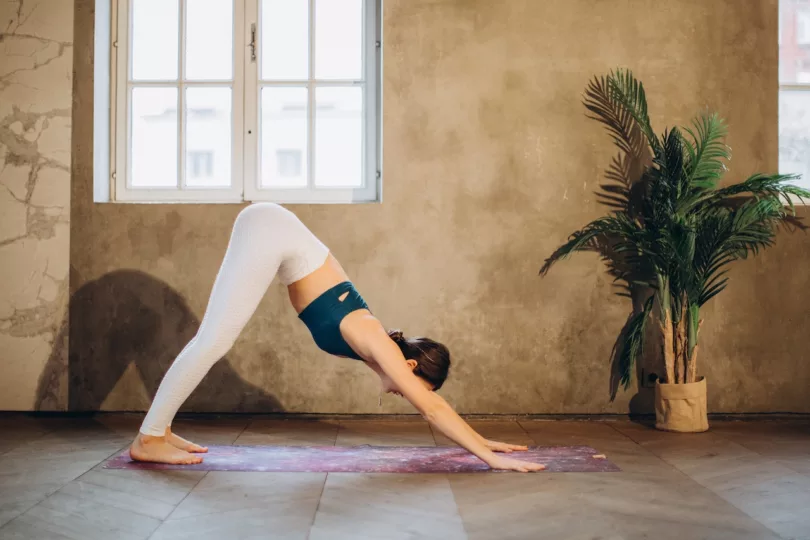Yoga is a popular form of exercise that has been around for thousands of years. It originated in ancient India and has since spread throughout the world. Yoga is a holistic practice that combines physical postures, breathing techniques, and meditation to improve overall health and well-being. Many people are hesitant to try yoga because they think it’s too difficult or that they’re not flexible enough, but yoga is accessible to people of all ages and fitness levels. In this article, we will provide tips, benefits, and more to help beginners start practicing yoga.
Tips for Beginners:
- Start Slow: If you’re new to yoga, start slow and ease into the practice. Don’t try to do too much too soon. Start with a gentle yoga class or beginner-level videos online.
- Find a Qualified Teacher: It’s important to find a qualified yoga teacher who can guide you through the postures and make sure you’re doing them correctly. Look for a teacher who is certified by a reputable yoga organization.
- Choose the Right Style: There are many different styles of yoga, so it’s important to choose one that’s right for you. If you’re looking for a gentle practice, try Hatha or Yin yoga. If you want something more challenging, try Vinyasa or Ashtanga yoga.
- Wear Comfortable Clothing: Wear comfortable clothing that allows you to move freely. Avoid wearing anything too tight or restrictive.
- Bring a Mat: A yoga mat provides a stable and comfortable surface to practice on. If you don’t have a mat, most studios will provide one for you.
Benefits of Yoga:
- Improves Flexibility: Yoga can improve your flexibility and range of motion. Regular practice can help loosen tight muscles and improve overall mobility.
- Reduces Stress: Yoga has been shown to reduce stress and anxiety. The deep breathing and meditation techniques used in yoga can help calm the mind and promote relaxation.
- Increases Strength: Yoga postures can help build strength in the muscles of the body. Regular practice can help tone and strengthen muscles, especially in the core and upper body.
- Improves Balance: Many yoga postures require balance, which can help improve your overall sense of balance and stability.
- Enhances Mind-Body Connection: Yoga is a mind-body practice that can help you connect with your body and increase body awareness.
FAQs:
Q: Do I need to be flexible to do yoga?
A: No, you don’t need to be flexible to do yoga. Yoga is accessible to people of all ages and fitness levels.
Q: Can yoga help with back pain?
A: Yes, yoga can help relieve back pain by stretching and strengthening the muscles in the back.
Q: How often should I practice yoga?
A: It’s recommended to practice yoga at least 2-3 times per week for best results.
Conclusion:
Yoga is a wonderful practice that offers many benefits for both the body and mind. If you’re a beginner, it’s important to start slow and find a qualified teacher who can guide you through the postures. Remember to choose a style of yoga that’s right for you and wear comfortable clothing. With regular practice, you can improve your flexibility, strength, balance, and overall sense of well-being. So go ahead and give yoga a try – you might be surprised at how much you enjoy it!
Related Article: 10 Basic Yoga Poses for Weight Loss: A Beginner’s Guide







